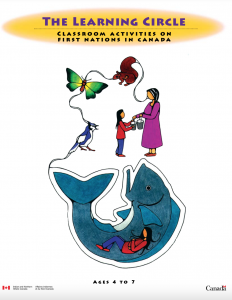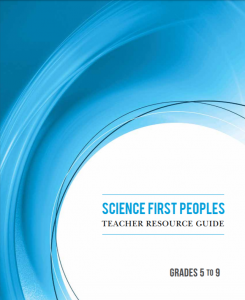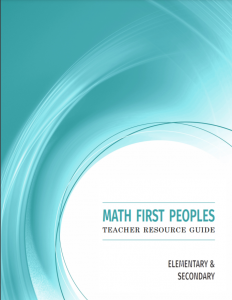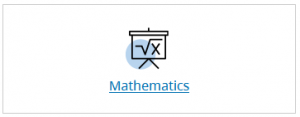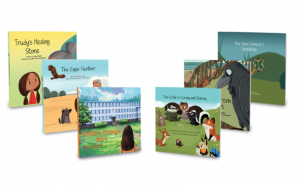This website provides stories from residential school survivors from video interviews: Janet Longclaws, Katherine Thomas, Louise Longclaws, Debra Courchene, Wandbi Wakita, Peter Yellowquill, Louise Hall, Vivian, and Karen. These videos are from the Beyond 94: Truth and Reconciliation in Canada project. All of these videos just break my heart. You can hear the pain and horror in their voice and you can see the trauma they faced by looking at their eyes. These individuals have PTSD and cannot get these flashbacks out of their head. I just can’t even imagine why anyone would do all these horrible things to another human being. It is absolutely appalling and disgusting.
As educators, it is important that we listen to these stories so that we never forget them. The truth cannot be hidden any longer. It is time for healing and the reconciliation process to fully begin. We need to all listen to EVERY story. We need to learn the truth that has been hidden for way too long. The more we know as educators, the more that we can educate our students, colleagues, family members, and our friends.
While I was exploring more on this website, I stumbled upon a teacher guide for Beyond 94: Truth and Reconciliation in Canada. There is a lot of valuable material within this guide. Topics such as education, language and culture, health, justice, reconciliation, child welfare, and activities to do in the classroom, First nation communities support, and residential school resources. The main purpose of this guide is to allow educators and their students to explore and investigate the TRC Calls to Action and the Beyond 94 site. I appreciate how this guide has follow-up questions from the residential school survivor video interviews. This could allow educators to have a class discussion about what they watched and to see if the students understood the content. It may be too challenging to comprehend for Kindergarten students but the questions could be adapted and could work for upper primary to intermediate grades.
The 7 activities that are provided in this guide focus on acknowledging territory, TRC – educating others, language, residential schools, finding evidence of Indigeneity, and language/culture, exploring child welfare, and examining justice.
For more information on residential schools, there are resources on pages 35-37. Explore them all and share with everyone.
